Marisa Wojcik:
Welcome to Noon Wednesday. I’m Marisa Wojcik, a multimedia journalist with Here & Now on Wisconsin Public Television. A new report from the UW-Madison Research Center, COWS, has come out recently, and it highlights the racial and ethnic disparities in our state’s higher education system. The number of students of color graduating from high schools in Wisconsin has doubled since 2000, yet inequality in post-secondary education in both access and success is declining. So joining us from COWS to talk a little bit about this research and report is Laura Dresser, she’s the Associate Director. And thank you for joining us.
Laura Dresser:
Thanks for having me.
Marisa Wojcik:
So what are the main points of this research that have stood out to you?
Laura Dresser:
Well, to me, one of the background things is just thinking about, I think we all know a lot about racial inequality in this state, especially in graduation rates of a K-12 system. And what I wanted to do was think a little bit more about what does higher education in this state look like? With colleagues, we began to look at both the questions of access, that is, getting into the systems, And, success, that is completing degrees. And the disparities that are so evident, so consistently in this state, between the white and the black and brown populations of this state, are of course, clear in the post-secondary education systems, both the technical college system and UW System.
Marisa Wojcik:
And information you were specifically looking at to draw your conclusions was graduation rates and enrollment, right?
Laura Dresser:
Yeah, we’re really looking, like, we sort of looked at the graduating class, graduating from 2016, from the public high schools of this state, and how diverse that was. And that class has become more and more diverse overtime, the numbers of Black and especially Latino and Latina students, graduating from our public high schools, is growing and is a greater share of the total population of graduates. Then you look at who’s enrolling in the UW system, and what is the WTCS system look like, that’s the first question. Do those systems represent the diversity of the graduating class? WTCS is a much more diverse system, so the students there
Marisa Wojcik:
WTCS is the…
Laura Dresser:
Is the tech college system.
Marisa Wojcik:
Yes.
Laura Dresser:
Yeah, so that’s the 16 tech college campuses. But, UW System, really, the graduating class from the high schools is substantially more diverse than the entering class into the UW System. And in fact, in spite of the increasing numbers of Black and Latino students graduating from public high schools, we actually see declining numbers accessing the UW System.
Marisa Wojcik:
So, we’re looking at students from Wisconsin high schools going to Wisconsin higher education. Do we know, are some of those students just opting for higher education outside of the state or does that not really link up?
Laura Dresser:
It’s almost certainly the case. Or it’s certainly the case. That some students of color are going to other states for their undergrad experience. That’s always true, that’s true of white students. But one way to think about it is, 40% of white students who graduate from Wisconsin public high schools go to the UW System. Half as many, just, I think it’s 27%, of Latino students and even half of that of Black students, 14% of Black students graduating, enroll in a class. So, while it’s clear that, you know, white students, black students, a lot of kids go out of state for college. The system is working for 40% of the white students, it’s attracting 40% of the white students, and doing substantially less well with students of color in the state.
Marisa Wojcik:
So even if it did align, there’s still such a low number of Black and Latinx students attending higher education in Wisconsin that there’s just a problem across the board?
Laura Dresser:
Yeah, this maybe is the one to see. At the UW Madison campus, really important work has happened at UW Madison. Increasing the graduation rates of Black and Latinx students on this campus. At the same time, the overall level of access is quite low. So the class that most recently graduated, so kind of a six-year graduation window, while 4,000 students, white students from the state of Wisconsin, were in that class. Just 90 black students from the state of Wisconsin graduated in that class. So you can have a very good graduation rate, but if you don’t have very much access in the first place, it’s not generating a lot of opportunity.
Marisa Wojcik:
So, your report looked at UW Milwaukee, in some cases very specifically, from 2000 to 2016. The black student population dropped while the Latinx population grew. Are there different trends happening between different groups of minority students?
Laura Dresser:
Yeah, I mean, it’s. So, the UW System is a large system, and a lot of things are going on across the system, right? So, we do put the data all together, and then occasionally we look at UW Madison because it’s the flagship, and UW Milwaukee because it’s the largest urban center, it’s the most diverse city surrounding the communities, so we expected to see the most diversity on that campus. So different things are going on on different campuses, I told you the story of the increasing graduation rates that really mark, and is a real story of success here at Madison, but the access is the thing that needs to follow. Milwaukee is much more defined by lower graduation rates across the board. White students who enter, their six-year graduation rate is below 50%, but again, the Latinx graduation rate is lower than that, and the Black graduation rate is lower than that. So the story of access there is pretty important, especially to see the Black numbers declining into UW Milwaukee, I think is a concern. But there’s an overall completion concern on that campus, as well. And I think one of the things we’re trying to really emphasize, is that making campuses work for diverse populations requires investing in these, investing in this infrastructure, not blaming it for the disparity, but trying to do something about it.
Marisa Wojcik:
Right. You mentioned in the report, Plan 2008, the UW System website talks about Plan 2008 as well as Design for Diversity. They’re attempts to have kind of these long-term strategic plans to address these issues. They say despite 20 year history of strategic plans for diversity, success on a widespread scale for the UW System intended remains frustratingly out of reach, with only modest gains in key areas. So they identify that they are still falling short, moving forward, as a system of higher education and institutions, intend to focus our efforts on driving diversity deep into our everyday cultures, daily practices, organizational patterns, to take root and eventually blossom. Is that specific enough, what do you recommend the UW System do to make improvements on this?
Laura Dresser:
We have four recommendations. I mean, obviously, the awareness and attention to the system is the first one. And I think reports on access and success that are public, and everybody are looking at, I know that the system leaders are looking at these data, but I think you don’t drive it into the culture if that data isn’t more widely known. And so part of this is thinking about how you put the equity data out there, and how you think about it. Part of it also, is driving it into the culture really means targeted investments in the success of students of color, and that means from culturally safe spaces, and culturally relevant mental health services, to more attention to how to make a diverse classroom really work for all the students in it. So that’s, targeted attention to the kind of strategies we’ve seen work for students of color across the country. Then also, thinking broadly about how we think about financial aid. This state is ridden by racial inequality, every level, and that means that the income disparity is significant, and the resources that students of color need are significant. And that’s financial aid, and other kinds of supports that will make college possible, make successful college completion possible. And it’s not going to be free. So I think as a state, if we’re committed to the future of really closing these gaps and having a population of college graduates that looks like our population of high school graduates. That’s going to take serious investment at the college level, and at the UW System, and in WTCS, and that needs to be a state priority.
Marisa Wojcik:
There are some pieces of evidence that show the difference between the UW System and the technical college system. Why is that, and is the technical college system doing something right that the other higher education institutions could focus on?
Laura Dresser:
Yeah, I mean, I think the technical college system is consistently Wisconsin’s working class engine of education and training. I think it’s an impressive system that’s accessible, it’s accessible to a lot of people, both in terms of the requirements to get in and get started on your degree, and in terms of the cost of the programming. And both of those things really matter. And then physically, it’s spread all over the state, and people live close to it. So, the diversity of the student population is much higher. It’s also a system that people sometimes don’t feel as strongly connected to, and so a lot of what the technical colleges work on in terms of focusing on completion is the kind of sense of community and the sense of connection and support. And so both bridging programs and cohort-based programs, and all that sort of work has been going on at the Wisconsin Technical College System, at the different campuses. And I think that’s made a difference in terms of completion for the students of color, but I would say that the strongest evidence is in access at the WTCS, and thinking about how to drive up successful completion, is an ongoing project there as well.
Marisa Wojcik:
So, why look at higher education? You titled this report Investing in Wisconsin’s Future. So how does inequality in higher ed, looking forwards and looking backwards, kind of on the education and career pipeline, what does that tell us about Wisconsin’s investment in its future?
Laura Dresser:
Yeah, well one of the basic observations from the State of Working Wisconsin, it’s a kind of annual report that COWS puts out on the Wisconsin economy. Is that really to get to a family supporting job, one of the most obvious routes in this state is a higher education degree. Either a two year degree, Associate’s degree from a technical college system, or a four year degree from UW is the most accessible or affordable, generally. So we know degrees matter in terms of earning. And we know there’s incredible racial disparity in wage-earning. So one of the strategies has to be thinking about if we are going to become a more diverse state, and we are, if you look at the population, our population is much more diverse in the younger sets than it is as you look higher and higher in the age distribution, it looks more and more white, right? So our future is more diverse. But that means this set of systems that have worked very well for white people, our K-12 system and our higher ed system, which are pretty, have worked in kind of high levels of graduation, high levels of ACT scores, for the white population. We have to figure out how to make those systems work equally well for our students of color, or we’re going to continue to generate this incredible level of racial inequality, because the degrees are one of the ways that we access good jobs in this state. And will be increasingly so.
Marisa Wojcik:
Alright. Well Laura, thanks so much for joining us.
Laura Dresser:
Thanks for having me.
Marisa Wojcik:
If you want to read the full report, you can see it at cows.org. And for more from Here & Now, and Wisconsin Public Television, visit wpt.org. And thanks so much for joining us on Noon Wednesday.
Search Episodes
News Stories from PBS Wisconsin
10/31/25
Evers signs bill that would allow certain candidates to remove their names from ballots in Wisconsin

Donate to sign up. Activate and sign in to Passport. It's that easy to help PBS Wisconsin serve your community through media that educates, inspires, and entertains.
Make your membership gift today
Only for new users: Activate Passport using your code or email address
Already a member?
Look up my account
Need some help? Go to FAQ or visit PBS Passport Help
Need help accessing PBS Wisconsin anywhere?

Online Access | Platform & Device Access | Cable or Satellite Access | Over-The-Air Access
Visit Access Guide
Need help accessing PBS Wisconsin anywhere?

Visit Our
Live TV Access Guide
Online AccessPlatform & Device Access
Cable or Satellite Access
Over-The-Air Access
Visit Access Guide
 Passport
Passport


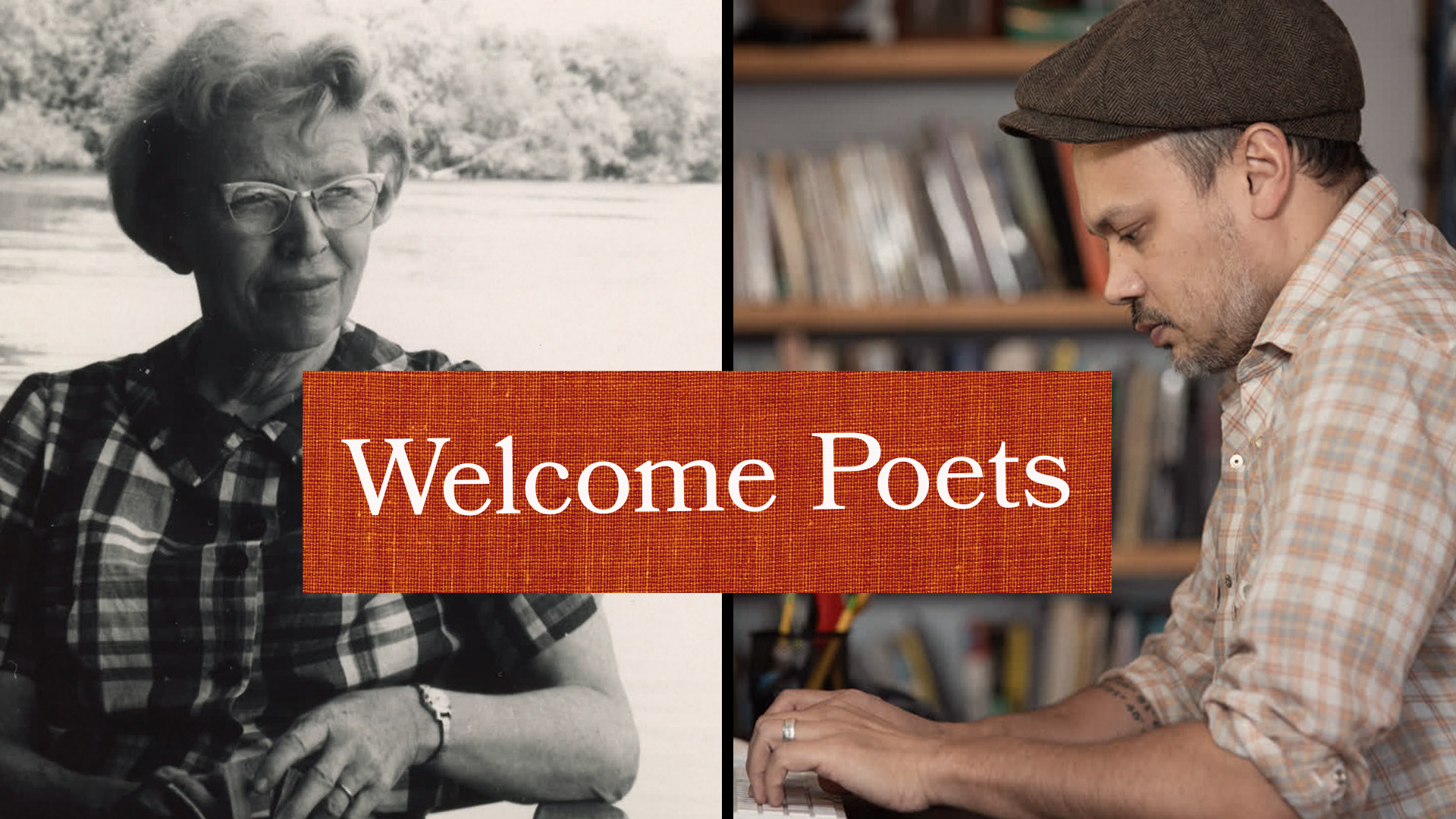


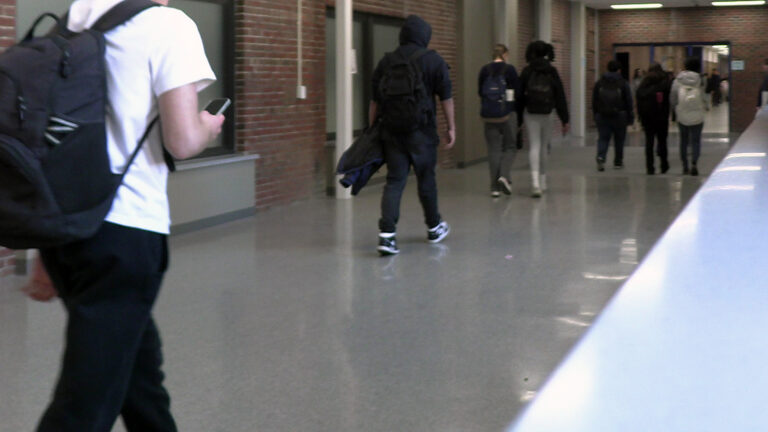

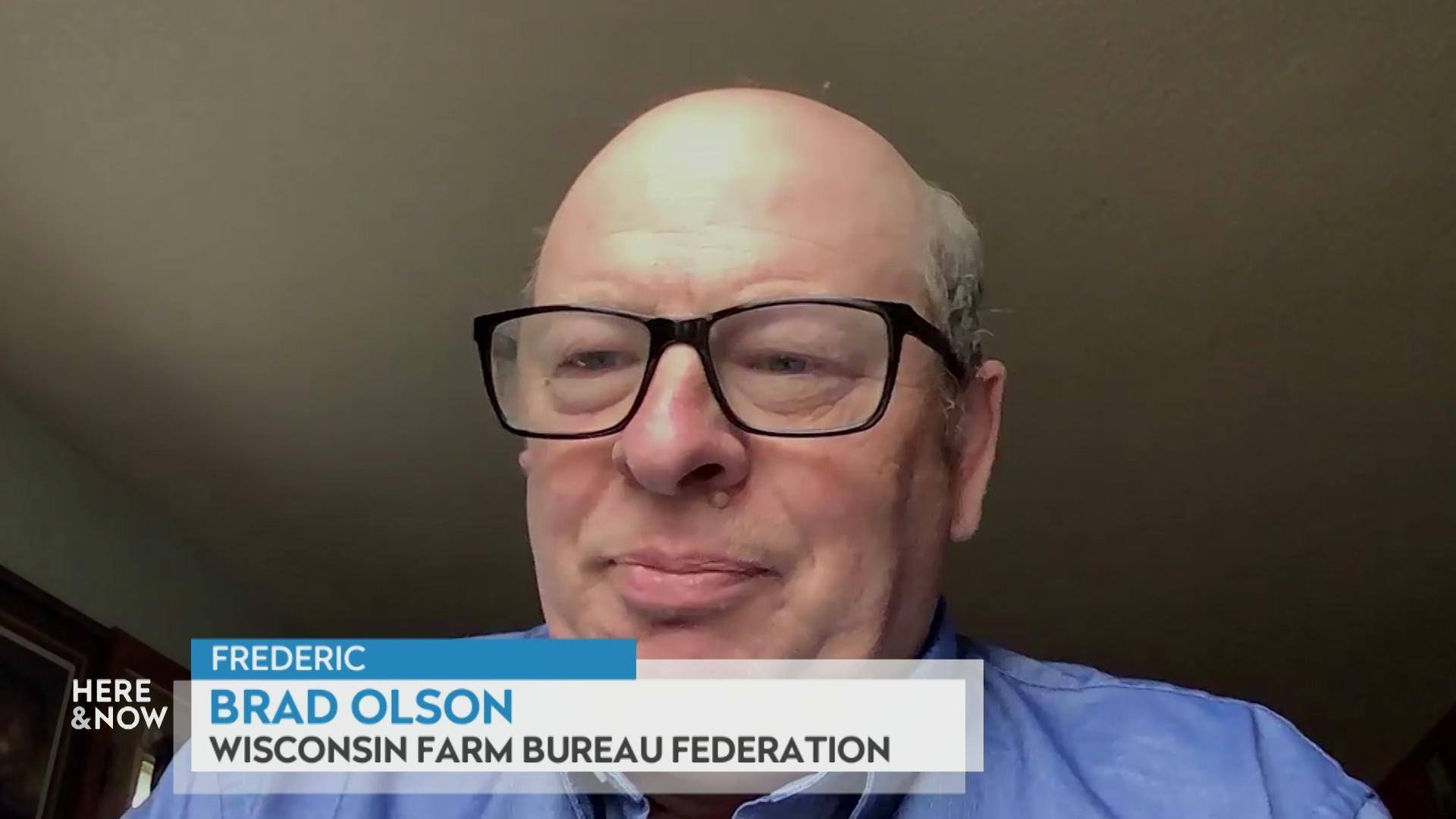
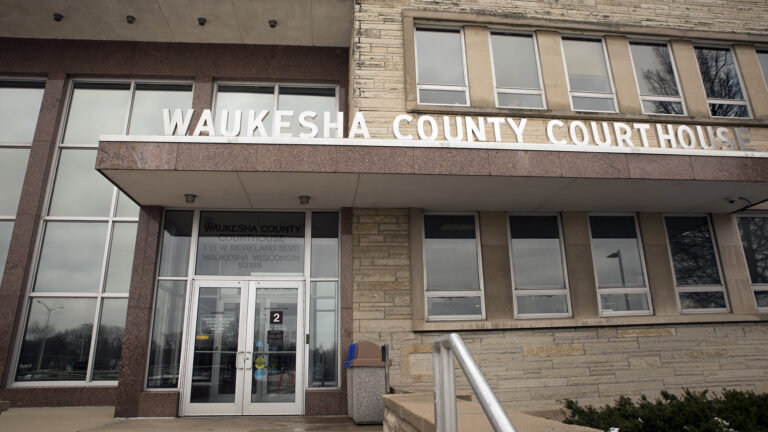
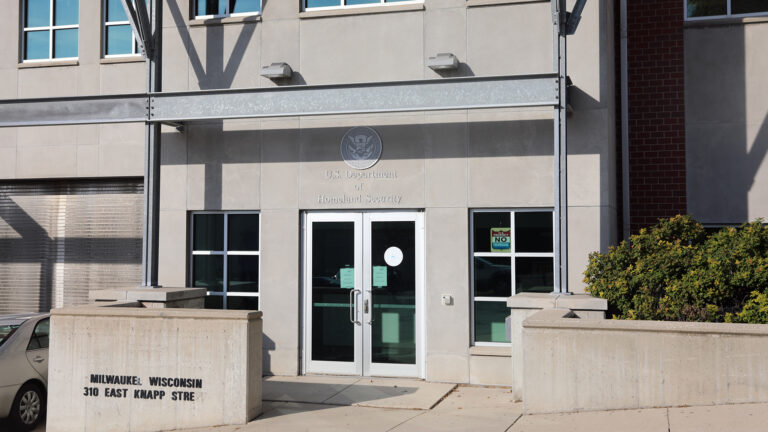
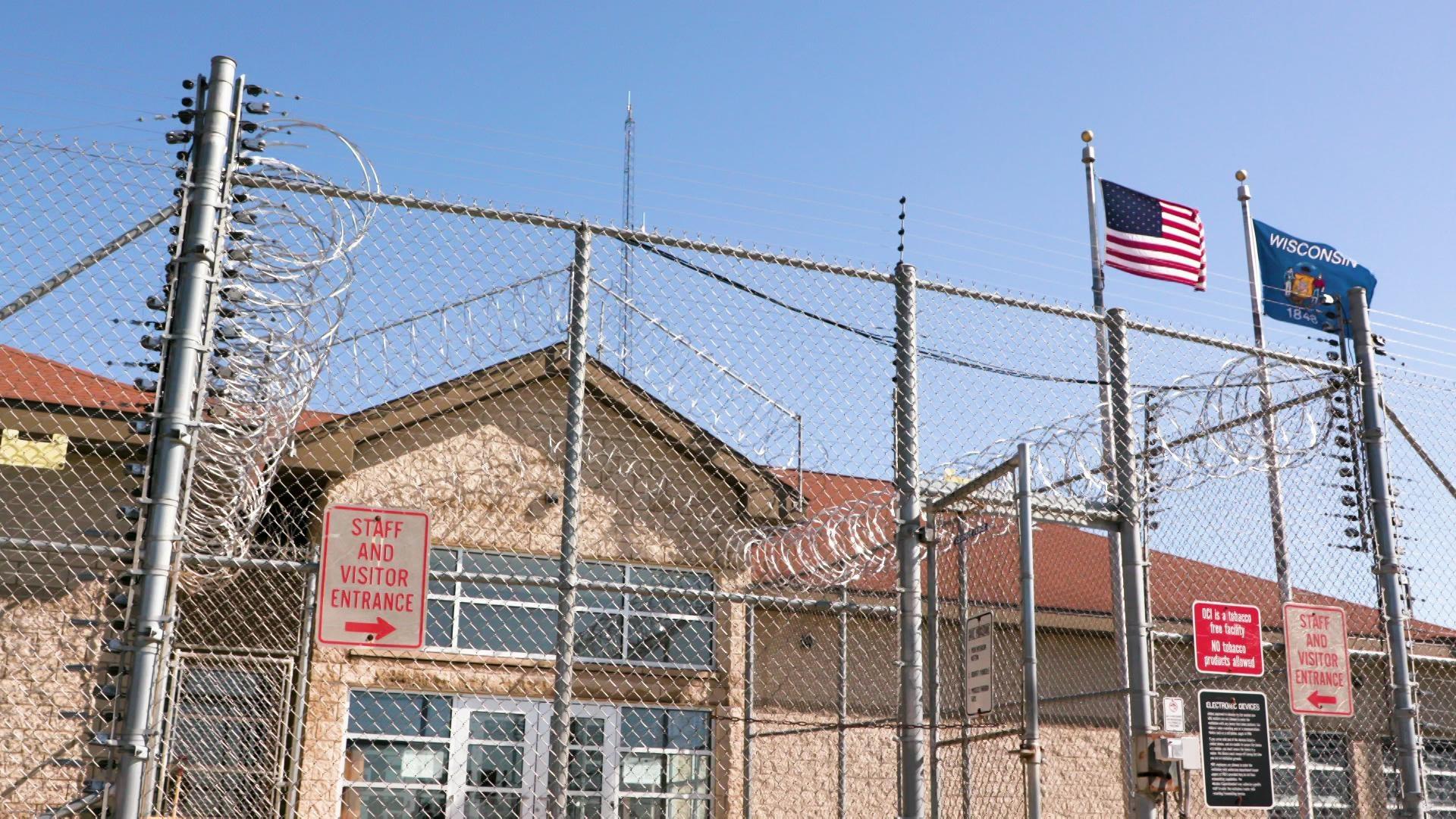
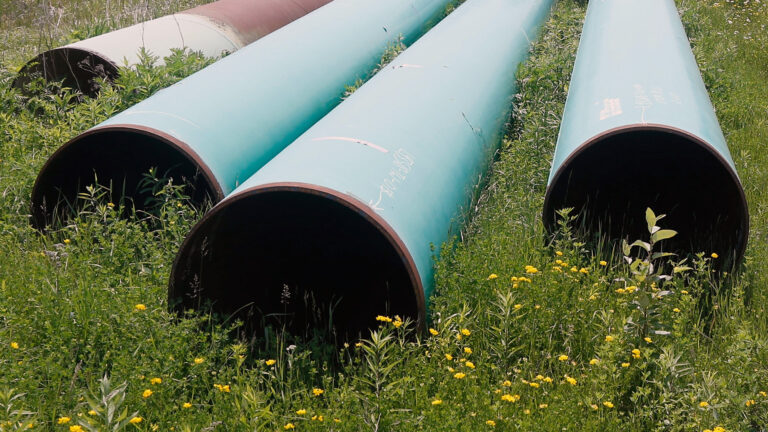
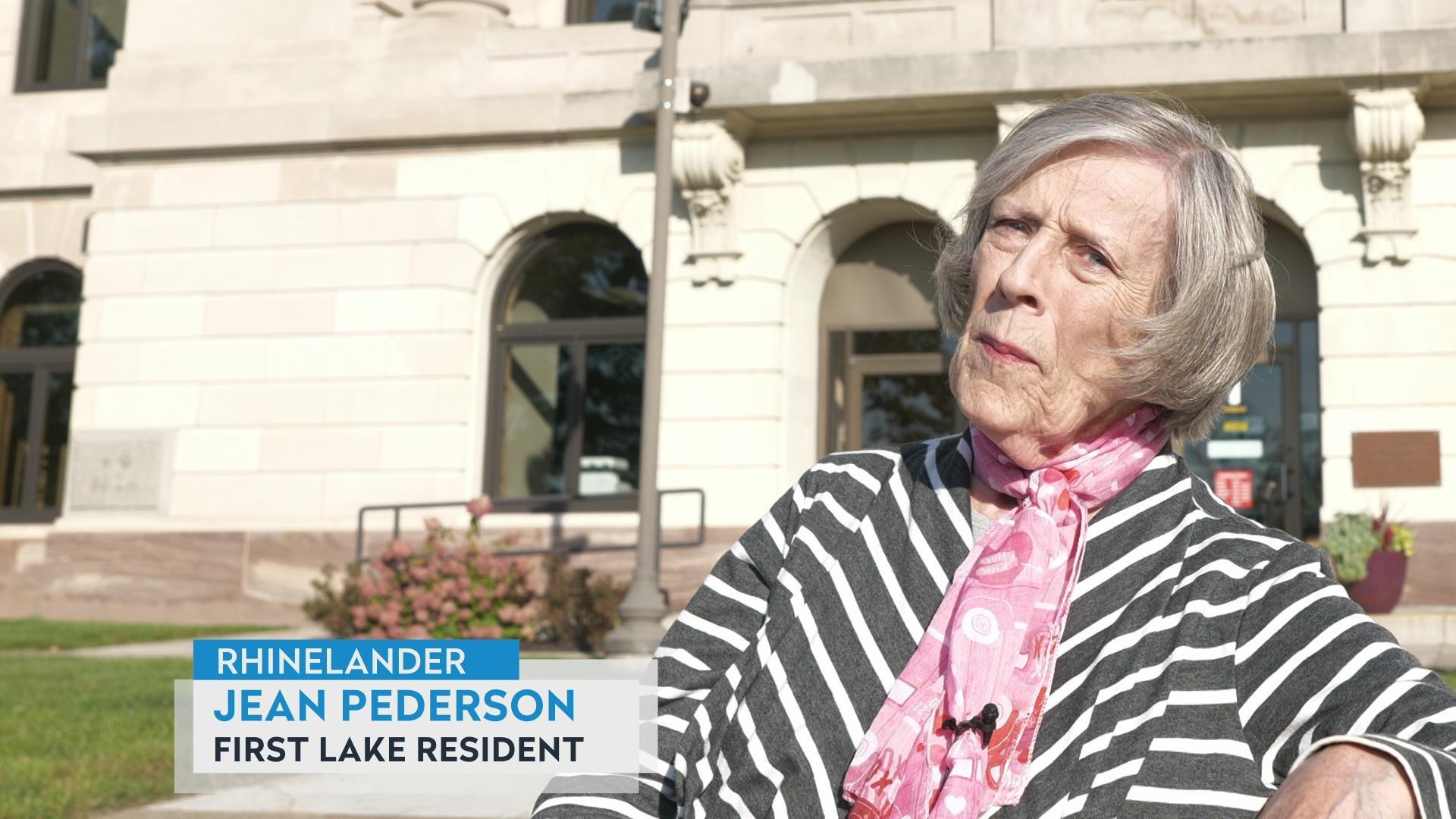

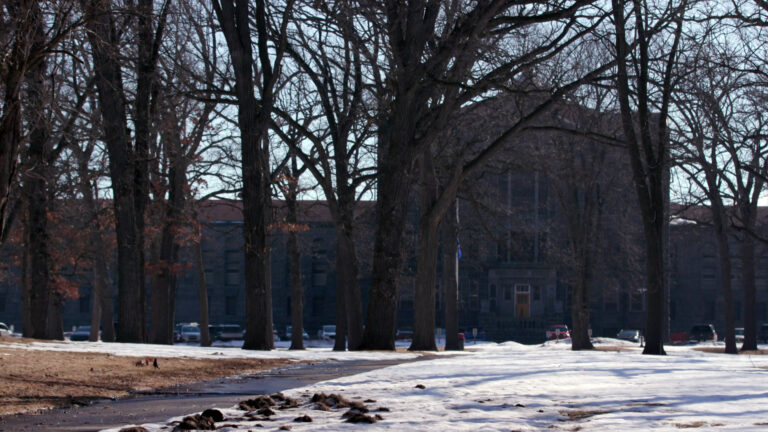

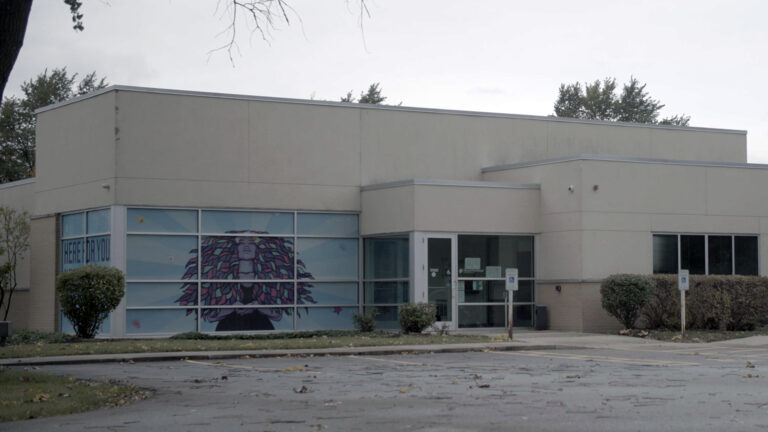

Follow Us